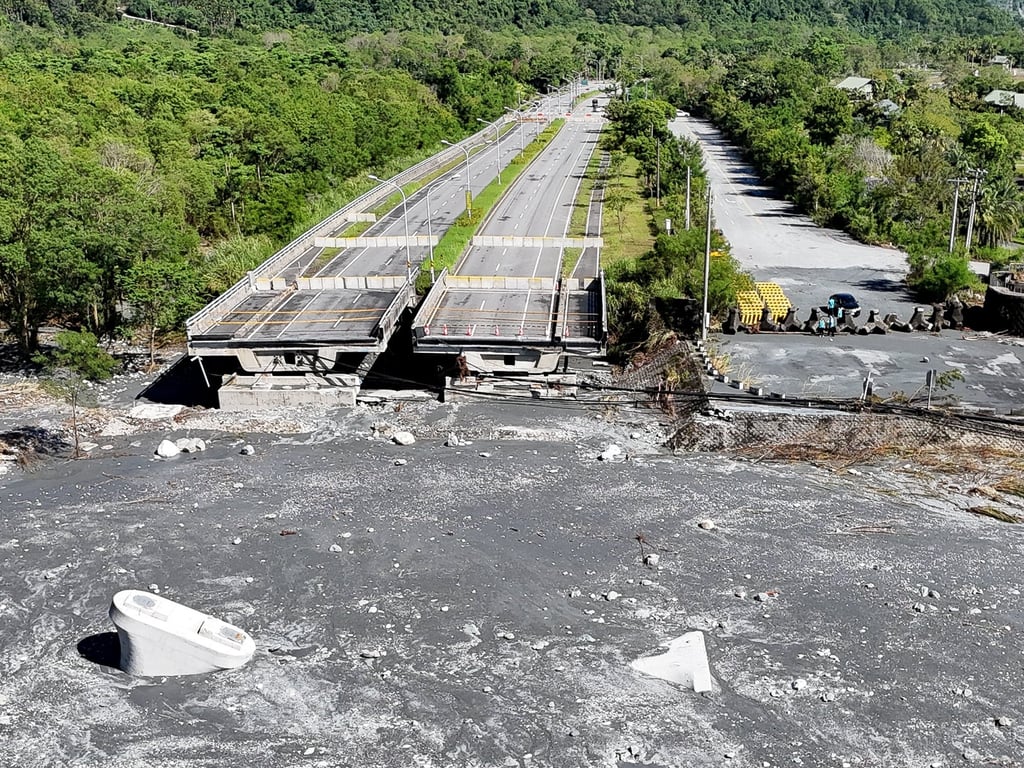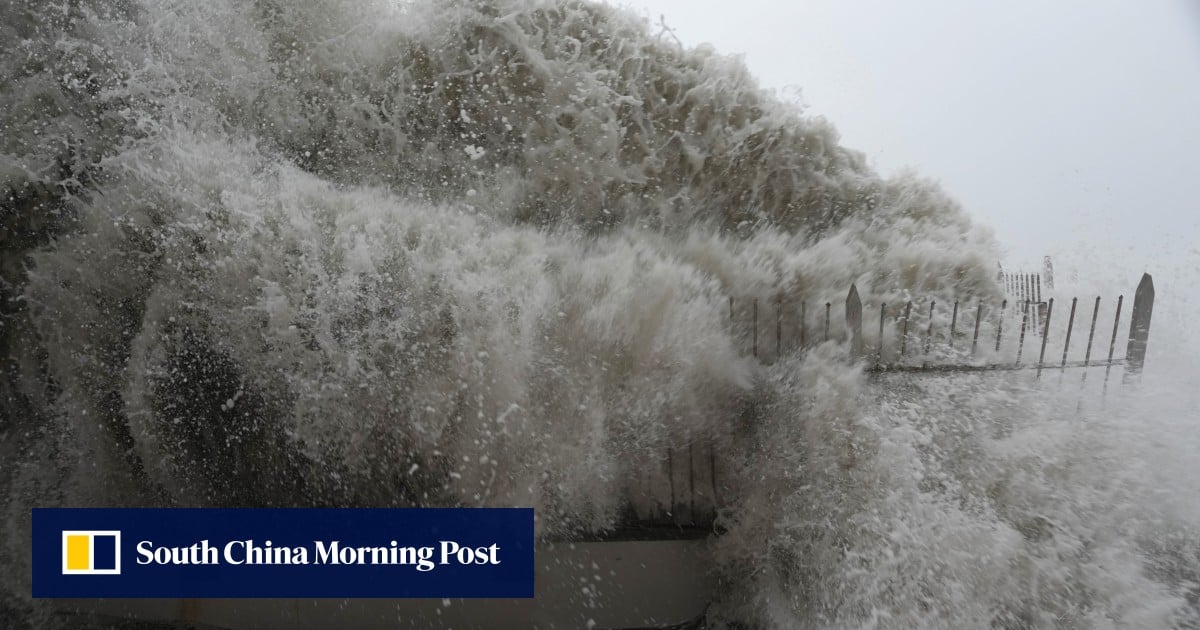Super Typhoon Ragasa’s trail of devastation across the Philippines, Hong Kong, Taiwan and parts of mainland China has underscored the sobering risks Asia as a region faces from the consequences of climate change, scientists warn, pointing to heavy fossil fuel production and infrastructure lagging behind rapid urbanisation.
Exceptionally warm sea surface temperatures along Ragasa’s path in the South China Sea helped it intensify over 24 hours to become the most powerful storm on Earth this year, packing wind speeds of more than 200km/h.
Independent research group Climate Central says the conditions were exacerbated at least tenfold by human-induced climate change.
“These exceptionally warm sea surface temperatures increased the chances that Ragasa would rapidly intensify,” said Daniel Gilford, meteorologist and climate scientist at Climate Central.
Sea surface temperatures in the western Pacific were 0.7 to 1.1 degrees Celsius above average as Ragasa powered up, according to the group.
 A drone view shows a collapsed bridge, following Super Typhoon Ragasa, in Hualien, Taiwan, on Thursday. Photo: Reuters
A drone view shows a collapsed bridge, following Super Typhoon Ragasa, in Hualien, Taiwan, on Thursday. Photo: Reuters
Gerry Arrances, executive director of the Philippines-based Centre for Energy, Ecology and Development, pointed out that climate scientists had a decade ago warned of the consequences of limiting global warming to no more than 1.5 degrees, adopting the Paris Climate Agreement.

